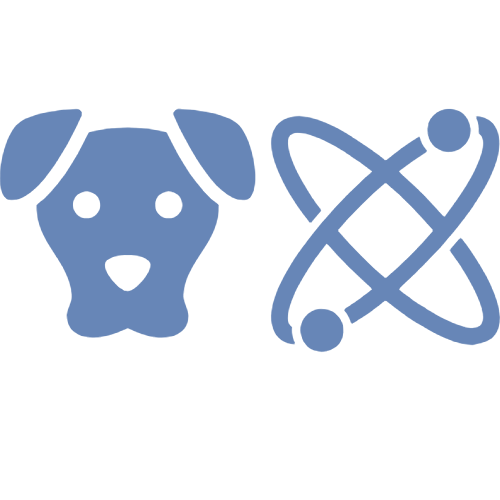The Context Compass
The Handler’s Journal
Edition 04 – July 3, 2025
Title: The Context Compass
What surrounds the search is just as important as the search itself.

The Context Compass
The Concept
In our world, no odor stands alone. No alert exists in isolation. Behavior, performance—even success itself—none of it means anything without context.
Context is the frame. The surrounding conditions. The invisible forces shaping what happens and why. It's the wind. The soil. The dog's training history. The Handler’s emotional state. It’s the mission, the moment, the pressure in the air—literal or metaphorical.
When we ignore context, we risk judging the dog (or ourselves) too harshly or too quickly. When we understand it, we gain clarity, compassion, and the kind of insight that makes us better Handlers—not just more accurate ones.
The Layers of Context in Dog Work
Environmental
Wind, terrain, temperature, time of day. VOCs don’t behave in a vacuum, and neither do dogs. That sharp head snap in a dry gulch isn’t the same as one in a dewy meadow. Context tells us: read the land with the dog.
Emotional
Our dogs read us in ways we rarely read ourselves. A rushed morning, a lingering frustration, a moment of hesitation—those things leak. And they shape the outcome. Context asks us to lead with self-awareness, not self-judgment.
Training History
Behavior isn’t born in the moment—it’s built in layers. Did that hesitation come from confusion? Or did we unintentionally create uncertainty in a past session? Context reminds us: dogs remember patterns more than commands.
Relational
Are we trying to guide, or trying to control? Trust isn’t just a feeling—it’s a practice. The way we handle the leash, the way we cue, the way we respond to mistakes—these create the relationship context our dogs carry into every search.
Operational
Training, deployment, certification—each asks something different of us. And of the dog. Context means knowing when we’re building fluency, when we’re testing accuracy, and when we’re searching for truth under pressure.
Cultural
Are we in a Community that values curiosity over perfection? Do we create space to share mistakes? The way we talk about failure and feedback creates the atmosphere that shapes our learning. Culture is context.
So What Does This Mean to Me?
Context becomes clarity when we train with it on purpose. Try these:
1. Train the Same Problem in Three Different Contexts
Same odor placement—different time of day, wind pattern, or terrain. Watch what changes. Reflect on what stays consistent.
2. Log Your State, Not Just the Dog’s
Before each session, jot down three things about you (tired, focused, second-guessing). Then compare with the dog’s behavior. Patterns will emerge.
3. Run a Pattern with No Odor
Practice context tracking. Watch what your dog responds to in the environment. What feels like odor to them? Are there triggers you didn’t notice?
4. Ask the “What Else Is True?” Question
When a dog struggles or surprises you, ask:
What else is true in this moment?
Is it hot?
Has the dog had a recent correction?
Did I bring in tension?
Start building the habit of contextual thinking.
Want help putting this into practice?
Use this link to a Context Reflection Sheet as a tool. It’s designed to help you think like a Handler who trains with depth—asking better questions and noticing the full picture of each session. Create a PDF and load it into GoodNotes or your favorite digital tool. It’s not about documentation—it’s about clarity, awareness, and becoming more intentional in the work.
Closer
Context is never the problem—it’s the perspective.
It doesn’t dilute the work. It defines it.
Let’s learn to see what surrounds the search.
###
Luv ya!

